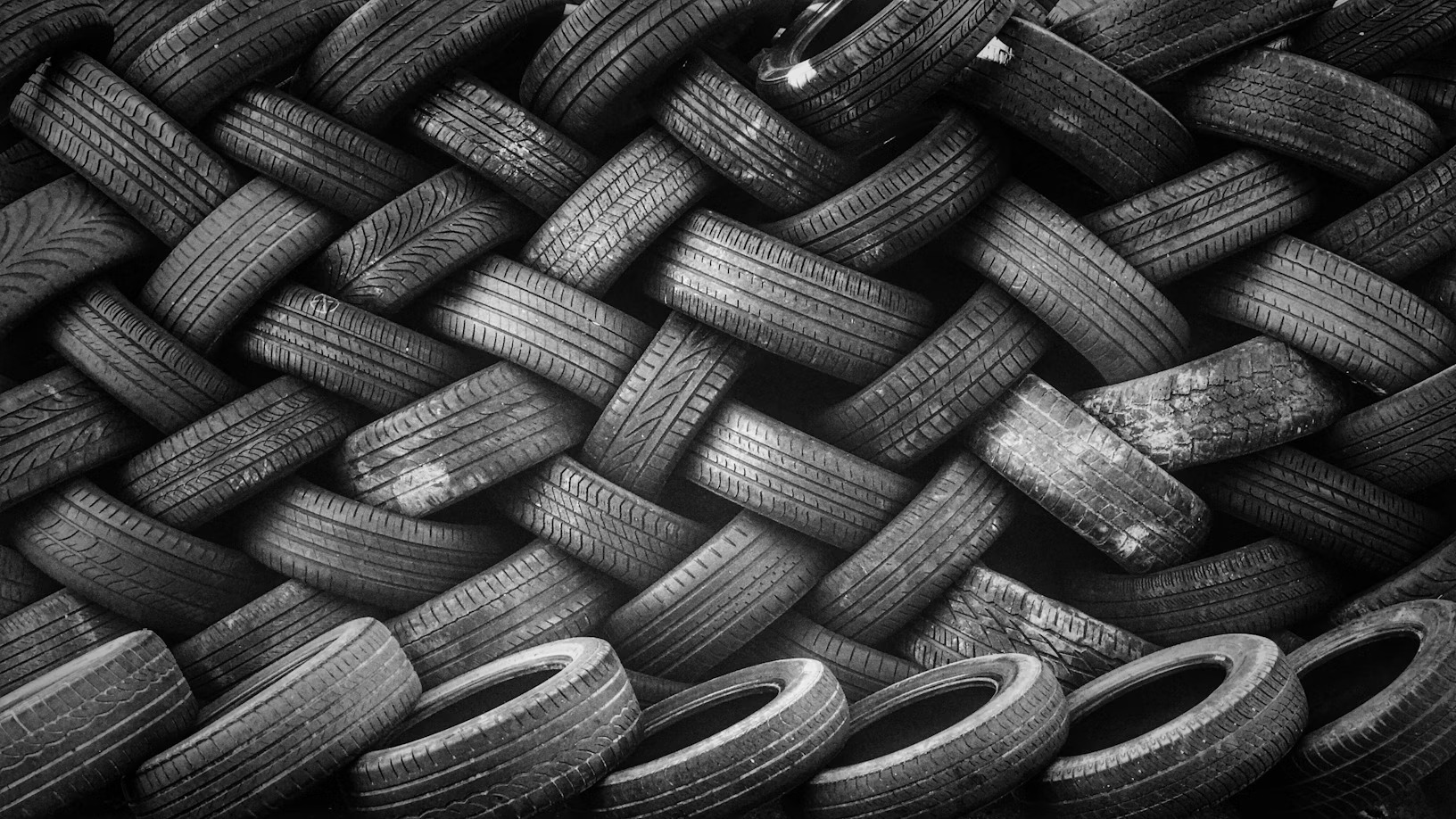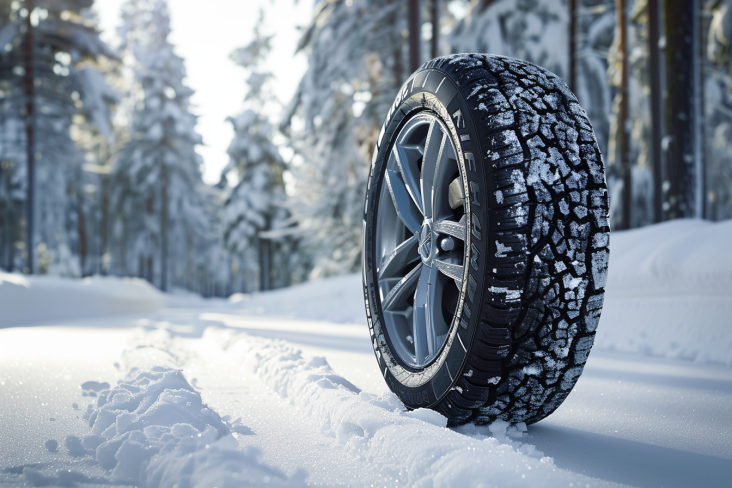Last Updated on July 29, 2025
Discover Why Radial Tires Are the Top Choice for Your Vehicle
The type of tires you choose plays a critical role in your vehicle’s performance, safety, and overall driving experience. Among the various tire technologies available today, radial tires are famous for drivers worldwide. What sets radial tires apart are their unique construction and the multitude of benefits they bring to the table, including delivering smoother rides and exceptional longevity.
It is not uncommon to find creases, ripples, valleys, or waves of indentations on the sidewall of your radial tires. On smaller tires, they can sometimes be very delicate and easy to miss. They might stand out and be evident on larger tires, even from a distance.
Decoding Sidewall Undulations
These creases are known in the tire business as sidewall undulations. Sidewall undulations are vertical, making a straight line across the sidewall from the bead to the tread. They develop naturally because of the internal architecture of your radial tires.
Sidewall undulations will not compromise the performance of your tire. They are only a cosmetic tire characteristic. However, as always, when you find something out of the ordinary on your tire, please ask a tire professional to look to ensure your tire has a regular tire undulation and not a dangerous bulge.
Sidewall undulation occurs naturally on radial tires because of the way they are constructed. Just inside the outer walls of your radial tire, it is wrapped with sturdy fabric cords to reinforce its strength. The more strength needed for your particular tire, the more layers there will be of the fabric cords (or ply).

Those cords are generally wrapped directly up and down vertically over the sidewall, not across it at an angle. Because of that construction, you can sometimes see the sidewall ripples where the rubber compound presses tightly against the thin vertical spaces between the tightly wrapped ply cords.
The bigger the tire and the more ply it has, the more likely you will notice the sidewall undulation, much like the “six-pack” of a bodybuilder. That’s because larger tires have taller sidewalls, which means longer undulation ripples, more inflation pressure to push the rubber against the ply, and probably more weight on the tires, which increases the pressure.
Understanding The Advantage Of Radial Tire
Radial tire derive their name from their distinct internal structure. Unlike older bias-ply tires, radial tires are built with cords that run perpendicular to the tire’s tread. This fundamental design difference leads to various advantages that make radial tires a top choice for vehicles of all types.
Advantage 1: Enhanced Performance
One of the foremost advantages of the radial tires is their superior performance. The radial construction allows for greater flexibility in the tire’s sidewalls, resulting in a larger contact patch with the road. This increased contact area translates to improved traction, especially when cornering or driving in adverse weather conditions. Whether navigating city streets or cruising on the highway, radial tires provide the grip and control you need for safe and confident driving.
Advantage 2: Fuel Efficiency
Radial tires are known for their lower rolling resistance. This means they require less effort to roll, enhancing fuel efficiency. With radial tires, your vehicle can glide more easily along the road, saving you money at the pump and reducing your carbon footprint. Improved fuel economy is a win-win for both your wallet and the environment.
Advantage 3: Longevity
Investing in radial tires pays off in the long run. These tires are designed to wear evenly across the tread, significantly extending their lifespan. Properly maintained and regularly rotated radial tires can last tens of thousands of miles, providing excellent value for your investment.
Advantage 4: Comfortable Ride
Radial tires are renowned for their ability to deliver a smoother and more comfortable ride. Their flexible sidewalls absorb road imperfections, reducing vibrations and jolts that make for an uncomfortable journey. Whether driving on a bumpy city street or a rough country road, radial tires ensure your ride remains comfortable, reducing driver fatigue and enhancing overall driving pleasure.
Advantage 5: Versatility
Another notable advantage of radial tires is their versatility. They are suitable for many vehicles, from compact cars to heavy-duty trucks. Their ability to perform well under various weather and road conditions makes them an ideal choice for all-season driving, giving you the confidence to tackle diverse terrains and weather conditions.
Conclusion
When choosing the right tires for your vehicle, radial tires stand out for their superior performance, longevity, and comfort. Don’t compromise on your driving experience; invest in high-quality radial tires. For a wide selection of radial tires that suit your needs, visit Tires Easy today and hit the road with confidence!
Radial tires offer numerous advantages, making them the preferred choice for drivers who prioritize safety, performance, and longevity. Whether you’re looking to replace your current tires or upgrade to a superior option, consider the many benefits of radial tires. For a wide selection of high-quality radial tires tailored to your vehicle’s needs, visit Tires Easy today. Enjoy the advantages of smoother rides and exceptional longevity on your journeys!
FAQs
What does radial mean on tires?
Radial refers to the tire’s construction method. In radial tires, the internal layers of cords, usually made of polyester, steel, or other materials, run perpendicular to the tire’s tread. This design provides excellent flexibility, which results in a smoother ride and better traction.
What is the difference between a radial and non-radial tire?
The primary difference lies in their internal construction. Radial tires have layers of cords running perpendicular to the tread, while non-radial tires (often referred to as bias-ply) have cords that crisscross diagonally. Radial tires offer better performance, fuel efficiency, and durability than non-radial tires.
Are radial tires tubeless?
Yes, most modern radial tires are designed to be tubeless. Tubeless tires have a special inner lining that prevents air from escaping, eliminating the need for an inner tube. This technology enhances safety and reduces the risk of sudden blowouts.
What is the benefit of radial tires?
Radial tires offer several advantages: improved traction, better fuel efficiency, enhanced handling and stability, longer lifespan, and a smoother, more comfortable ride. Their construction provides excellent flexibility and even tread wear, making them a popular choice for modern vehicles.
-
Automotive Specialist
-
Proofreader
-
Writer









